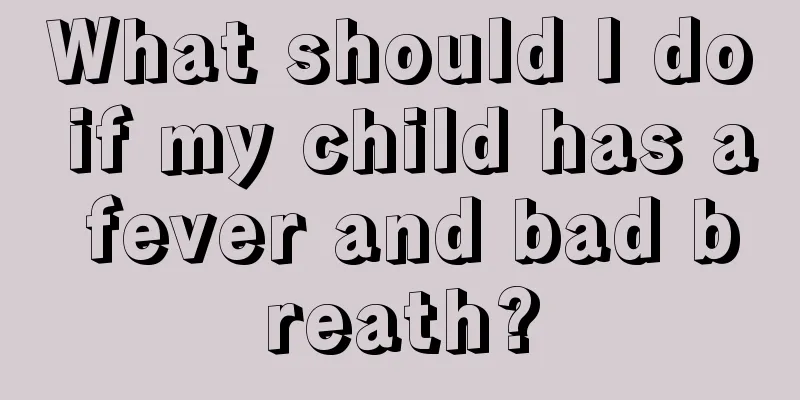How to treat rickets in infants

|
Infantile rickets is a relatively common disease. For parents of sick children, it is necessary to understand the relevant treatment methods of infantile rickets. So how to treat rickets in infants? What are the treatments for rickets in infants? Next, this article will introduce you to how to treat infantile rickets. Friends who want to know more about this knowledge can take a look! Infantile rickets is a nutritional metabolic bone disease characterized by abnormal calcium and phosphorus metabolism caused by vitamin D and/or calcium and phosphorus deficiency, resulting in calcium salt deposition disorders in the bone matrix of growing bones and/or excessive accumulation of osteoid tissue (uncalcified bone matrix). If the disease occurs at birth, it is called congenital rickets (CR), also known as fetal rickets, viviparous rickets, etc. Infantile rickets is easily complicated by hypocalcemic spasms. Since laryngeal spasms can be life-threatening or cause hypoxic brain damage, they should be actively prevented and treated. How to treat rickets in infants? There are several treatments for rickets in infants: 1. General treatment Adhere to breastfeeding, add foods rich in vitamin D (liver, egg yolks, etc.) in a timely manner, and do more outdoor activities to increase the opportunity for direct sunlight exposure. During the stimulation period, do not let the child sit or stand for a long time to prevent bone deformities. 2. Vitamin D supplement Initially, take vitamins orally every day for 1 month, then change to preventive doses. Take orally during the stimulation period, and change to the preventive dose after taking it for 1 month. If you cannot persist in taking the medicine or suffer from diarrhea, you can take a large dose of vitamin D intramuscularly as a intensive therapy, and then switch to taking it orally in a preventive dose after one month. Take calcium supplements orally for 4 to 5 days before intramuscular injection to avoid iatrogenic hypocalcemic convulsions. 3. Calcium supplement Calcium supplements should be taken concurrently with vitamin D treatment. 4. Orthopedic therapy Active and passive movements are used to correct bone deformities. Mild skeletal deformities will correct themselves after treatment or during growth. Physical exercise should be strengthened, and some active or passive exercises can be used to correct them, such as chest expansion exercises or push-ups to expand the chest, and correct mild pigeon chest and rib valgus. Severe skeletal deformities can be corrected surgically, and surgical correction can be considered after the age of 4 years. The above is an introduction on how to treat rickets in infants. I believe that after reading the above introduction, everyone knows how to treat rickets in infants. In fact, the safest treatment for rickets in infants is to get more sun exposure. Of course! If rickets in an infant has caused deformity, the infant will need to go to the hospital for corrective surgery. |
<<: What is the cause of baldness on the back of the newborn?
>>: What to do if a child has a high fever and convulsions
Recommend
How long does it take for a newborn to recover from cerebral edema?
If a newborn suffers from cerebral edema, the har...
What are the fruit juice combinations for children?
As we all know, fruits are rich in nutritional va...
How much milk should a baby eat after 50 days of age?
For children of different ages, the amount of mil...
Baby's ear wax forms hard lumps
If the baby's earwax becomes hard lumps, you ...
Why are baby teeth yellow?
Many babies will start to grow teeth when they re...
What to do if your child has a cold and stuffy nose
When children have a cold and a stuffy nose, pare...
What to do if your baby's umbilical cord is inflamed
The baby's belly button is a very important p...
What medicine is effective for children's wind-heat cold and cough?
Once a child catches a cold, his body will become...
What methods can be used to change children's poor appetite?
I often hear some mothers talking about their wor...
What should I do if my child always catches a cold and has a fever?
Nowadays, many children have weaker resistance th...
Can children's ADHD be cured?
There are some children who can never calm down. ...
How to treat small red pimples on children’s faces?
Recently, I have seen many mothers asking online ...
Is it vitiligo if there are white spots on the face of a four-year-old child?
What's wrong with children having vitiligo? I...
What is the newborn preparation checklist?
After ten months of pregnancy, women are always l...
How to judge whether the baby's fontanelle is cold
Many parents have questions about how to determin...









